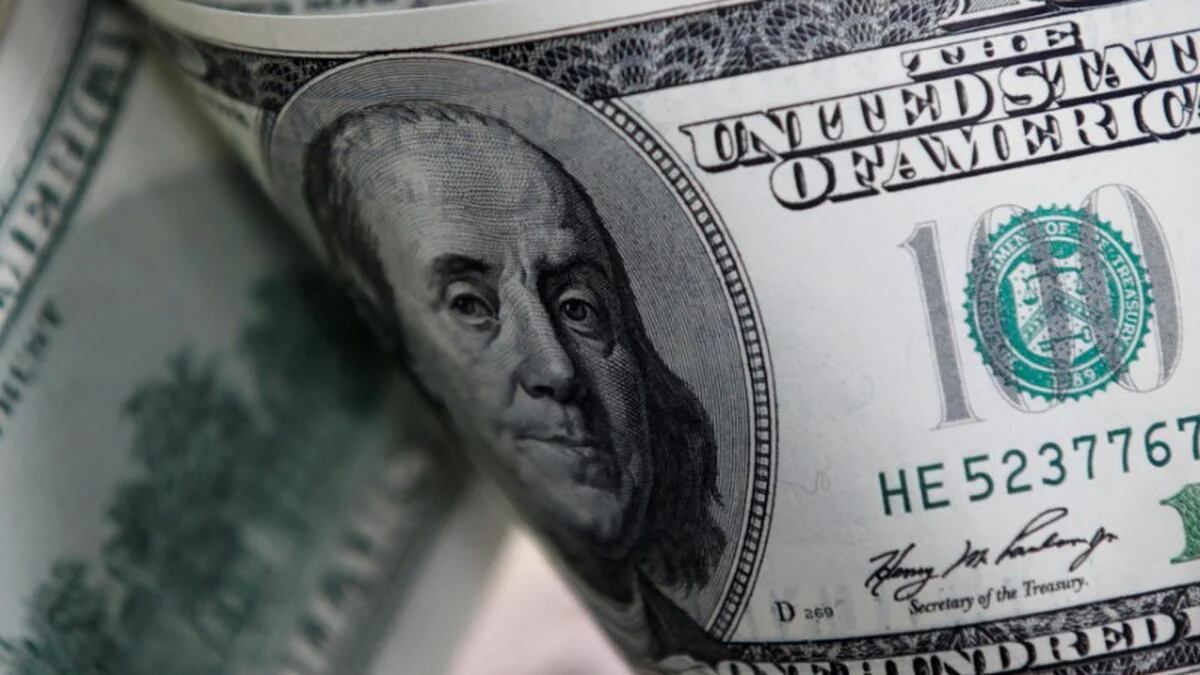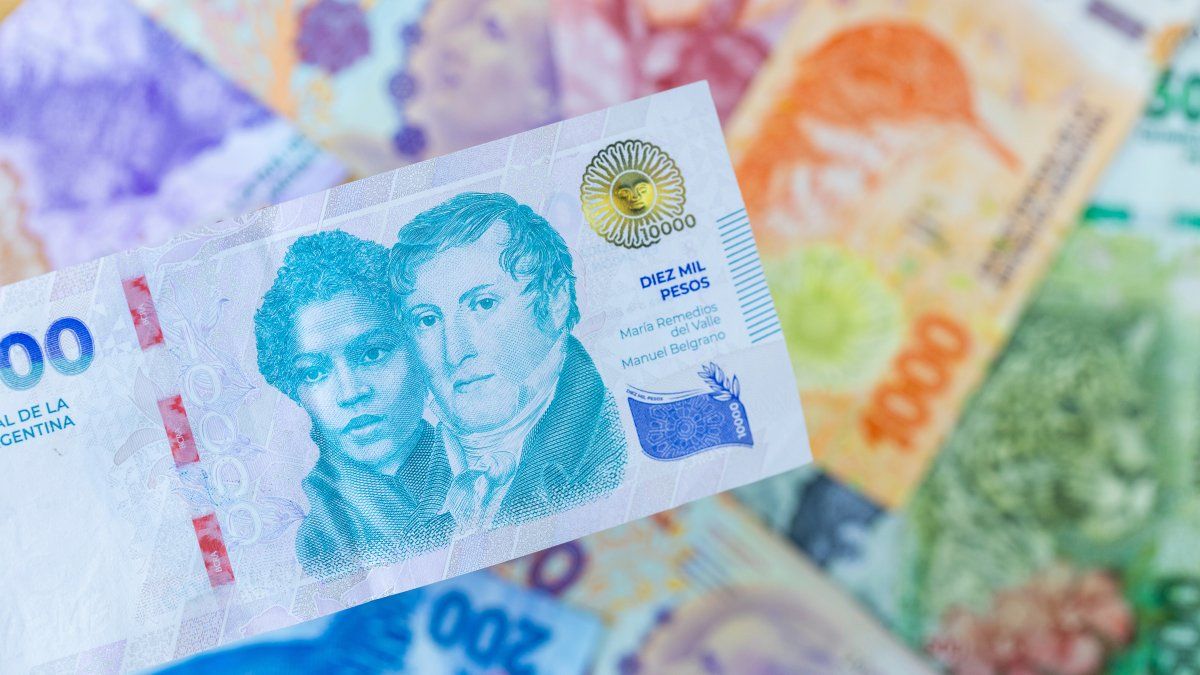He euro strengthens this Monday after the inflation data of Germany, while commodity-linked currencies rose on hopes of a recovery in the US economy. China and the Japanese yen stabilized as traders reacted to the new prime minister’s call for an early election.
The broader tone of these movements was set by the us dollar, which remains near a one-year low against a basket of similar currencies. This week will be determined by Friday’s nonfarm payrolls data, which will give the latest indication on the health of the US economy and the scale of rate cuts needed in the coming months.
Expectations of significant monetary easing in USA this year, that Federal Reserve complied with a recent 50 basis point rate cut, have sent the dollar tumbling against most major currencies in recent weeks.
The euro was trading at $1.1194, up 0.3% on the day, and strengthened slightly after German inflation data showed price pressures were easing, although not as significantly as the figures. from last week from France and Spain. Data for the entire block will be released on Tuesday. The common currency was stable against the pound at 83.43 pence.
The data of French and Spanish pricesalong with the latest signs of weak economic growth, caused several large investment banks to change their predictions about the European Central Bank last week to include a rate cut in October, in addition to the widely expected move in December.
That means the common European currency has weakened against most of its peers and has remained stable against the US dollar, even considering the economic stimulus measures of Beijing which would normally be positive for the euro due to the monetary bloc’s trade ties with China.
“Last week’s inflation data gives the ECB the rationale for back-to-back rate cuts in October and December, and that is certainly helping to cushion the euro’s rise against the dollar on optimism about China is coming to the market,” said Lee Hardman, senior currency analyst at MUFG.
Growth hopes in China
On the other hand, the Australian and New Zealand dollars hit 2024 highs as rate cuts and expectations for fiscal support in China They raised hopes for an improvement in the slowing economy and boosted gains in Chinese markets and anything exposed to China’s growth.
He Australian dollar hit a 20-month high of $0.6941, and the New Zealand dollar rose to $0.6375, its highest level in 14 and a half months.
Both units gained ground against European currencies, with the euro falling to A$1.6082, its lowest level against the Australian dollar since mid-July.
He japanese yen was also in the center of attention since Shigeru Ishiba -former minister of Defense and former critic of aggressively flexible politics – who last week won the leadership of the ruler Liberal Democratic Party He said he would call general elections for October 27.
He yen rose on Friday and hit a one-week high of 141.65 per dollar in Asian hours, but further moves were limited as Ishiba told public broadcaster NHK that from the government’s point of view, policy should remain accommodative as a trend, given economic conditions.
Analysts said that was enough to halt the yen’s sharp rise following his victory and that an early election could weigh on the yen at least in the short term.
“An election basically leaves the Bank of Japan out of the equation until December… a marginally negative yen,” said Ray Attrill, head of currency strategy at National Australia Bank. The dollar rose 0.17% to 142.45 yen.
The series of stimulus measures Beijing They fueled a rally in the Chinese yuan last week, even as interest rates were cut, as investors flocked to Chinese stocks, which posted their best week in a decade. The yuan broke the psychological mark of 7 to the dollar in offshore trading on Friday, although it hovered around 7.0125 in onshore trading on Monday.
The pound sterling stayed out of most of the drama, rising 0.2% against the dollar to $1.3402 and the Swiss franc weakened, with the euro rising 0.65% to 0.9439 francs and the dollar a 0.3% higher at 0.8429.
Source: Ambito




